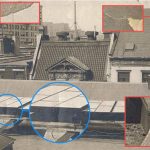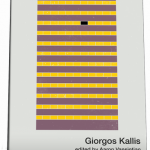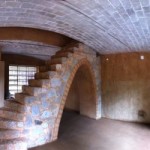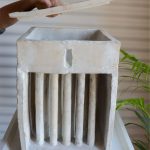“A remote Indian village is responding to global warming-induced water shortages by creating large masses of ice to get through the dry spring months. People in Skara and surrounding villages survive by growing crops such as barley for their own consumption and for sale in neighboring towns. In the past, water for the crops came from meltwater originating in glaciers high in the Himalaya. But in recent decades, climate change has uncoupled glacial melt cycles in the Tibetan Plateau from the traditional agricultural season, causing water shortages in April and May when Ladakhis typically begin sowing seeds for the summer season.”
“One winter in the late 1980s, an engineer from Skara named Chewang Norphel came up with a possible solution to his village’s problem while strolling around his backyard. Norphel noticed that a small stream had frozen solid under the shade of a poplar grove, though it flowed freely elsewhere in his sunny yard. The reason for this, he realized, was that the flowing water was moving too quickly to freeze, while the sluggish trickle of water beneath the grove was not. Over the next several years, Norphel worked to create an irrigation system that functioned using the same simple natural principle. The result has been Ladakh’s artificial glaciers. Ten
have been built to date.”
Read more: Artificial Glaciers Water Crops in Indian Highlands.





